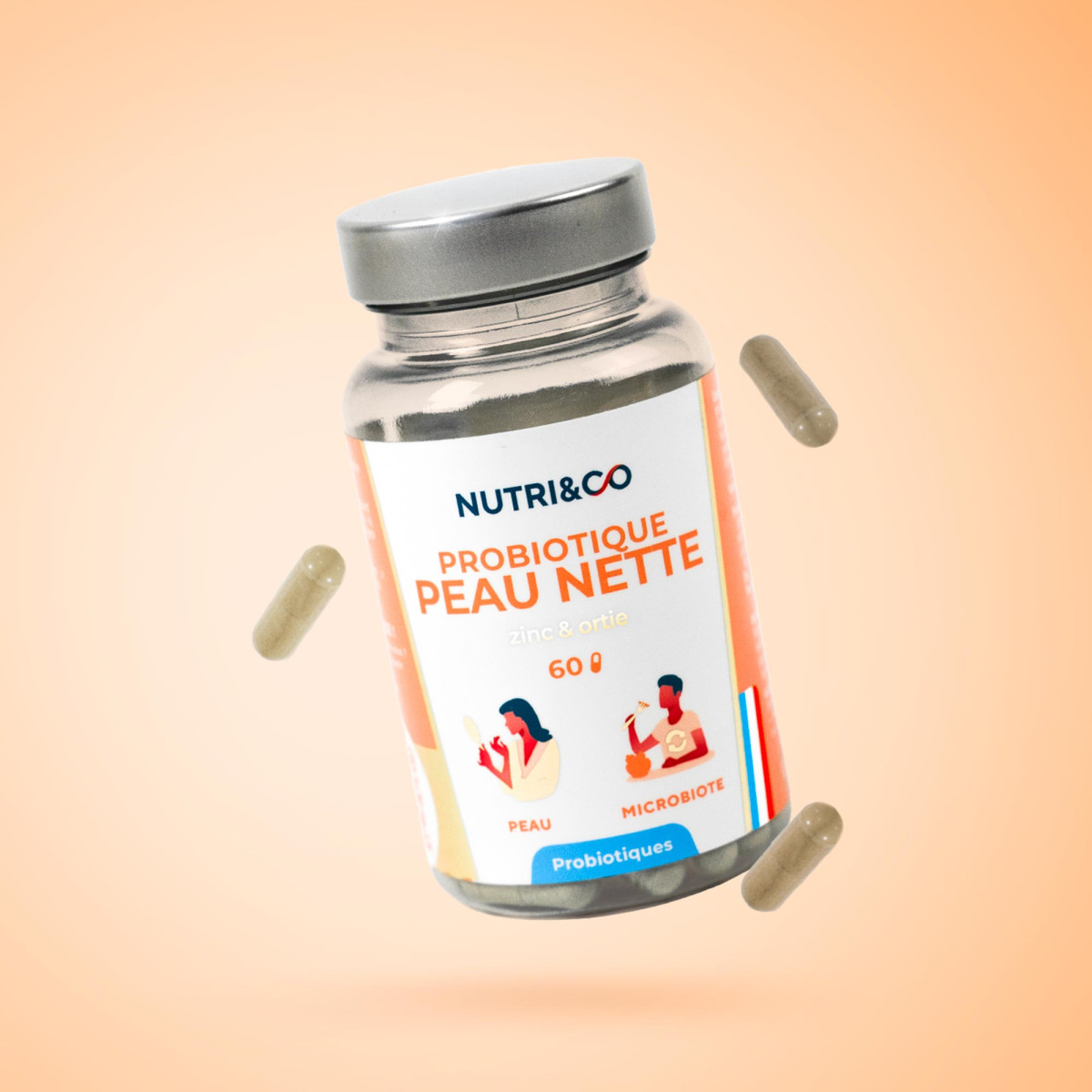
(893)
Clear Skin Complex
€19.90
- Targets blemishes & redness
- Helps sensitive and reactive skin
- Moderates skin inflammation
If zinc is a key active ingredient for improving the comfort of problem skin (hypersensitivity due to acne, rosacea, etc.), our formula combines it with patented coriander oil for enhanced effectiveness. With 25% less redness from the first month of use*, this combo will help you regain more beautiful skin. View more
*Clinical study on the ingredient SepiblissTM coriander oil - 90 volunteers - 1 month
Clear Skin Complex
€19.90
Paiement
sécuriséLivraion offerte
dès 69€ d'achatLivraion
en 48hFaites des
économiesParrainer
un procheRécompenses
fidélité









